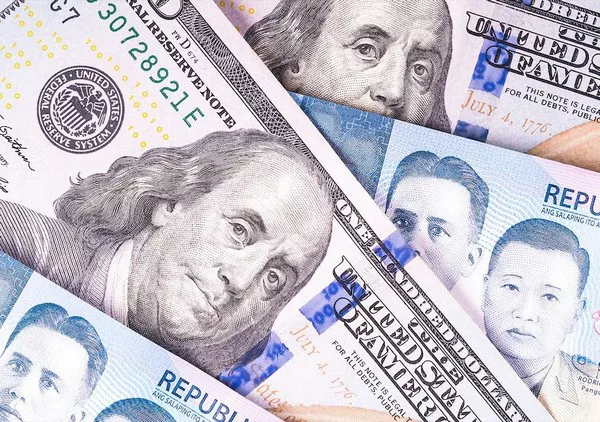EUR/USD fell despite the European Central Bank (ECB) raising interest rates by 25 basis points (bps) on Thursday. The pair continued its losing streak, trading lower around 1.0640 during Friday’s Asian session. The euro’s fall can be attributed to the European Central Bank’s dovish tone.
EUR/USD fell as the market reacted by suggesting that investors may turn cautious towards the ECB’s monetary policy despite raising interest rates.
The European Central Bank (ECB) has signaled that the current rate hike cycle may have reached its peak, suggesting that inflation expectations are about to fall. In addition, the European Central Bank also drew attention to downside risks in the euro area, especially signs of weakness in the services sector.
Furthermore, European Central Bank President Christine Lagarde stopped short of explicitly declaring that the European Union (EU) has reached the peak of its interest rate cycle. Instead, the ECB is expected to focus more on how long current rates will remain in place, rather than signaling further rate changes in the near future.
This nuanced approach by the European Central Bank may prompt the market to interpret that the interest rate hike cycle may be paused, thus affecting the performance of the euro.
In addition, data released by China’s National Bureau of Statistics showed that retail sales increased by 4.6% year-on-year in August. The data beat expectations (expected growth of 3.0%) and improved from last month’s 2.5% reading.
Industrial production also beat expectations, rising 4.5% in August after rising just 3.7% in July.
These favorable economic indicators from China point to improved economic activity, which could have an impact on the euro (EUR). The euro area is an important trading partner of China, and China’s strong economic performance is likely to benefit the euro area through increased exports and trade.
The U.S. dollar index (DXY) is trading near the six-month high hit on Thursday. As of press time, spot prices were hovering around 105.30. This reflects the relative strength of the U.S. dollar against the other six major currencies and is indicative of market sentiment towards the U.S. dollar.
In addition, the latest number of first-time jobless claims in the United States for the week ended September 8 was better than expected, with an increase of 220,000, a slight increase from the 217,000 the previous week.
Elsewhere, the core producer price index (PPI) in August met expectations, rising 2.2%, albeit slightly lower than the previous 2.4%. Retail sales also improved, rising to 0.6% from 0.5% last month, beating market expectations of 0.2%.
These positive economic data have prompted a stronger dollar, reflecting the solid performance of the U.S. economy and may affect market sentiment and investor confidence in the dollar.
However, the CME FedWatch tool has reduced the probability of the Fed raising interest rates by 25 basis points (bps) in November to 35%. This development is likely to further solidify market caution.
Market participants are likely to focus on the euro zone economic and financial meeting scheduled for Friday for further signs on coordinated economic measures. In the United States, the initial value of Michigan’s consumer confidence index will be watched. These events provide insights into consumer sentiment and can influence market sentiment and trading decisions regarding the EUR/USD currency pair.


